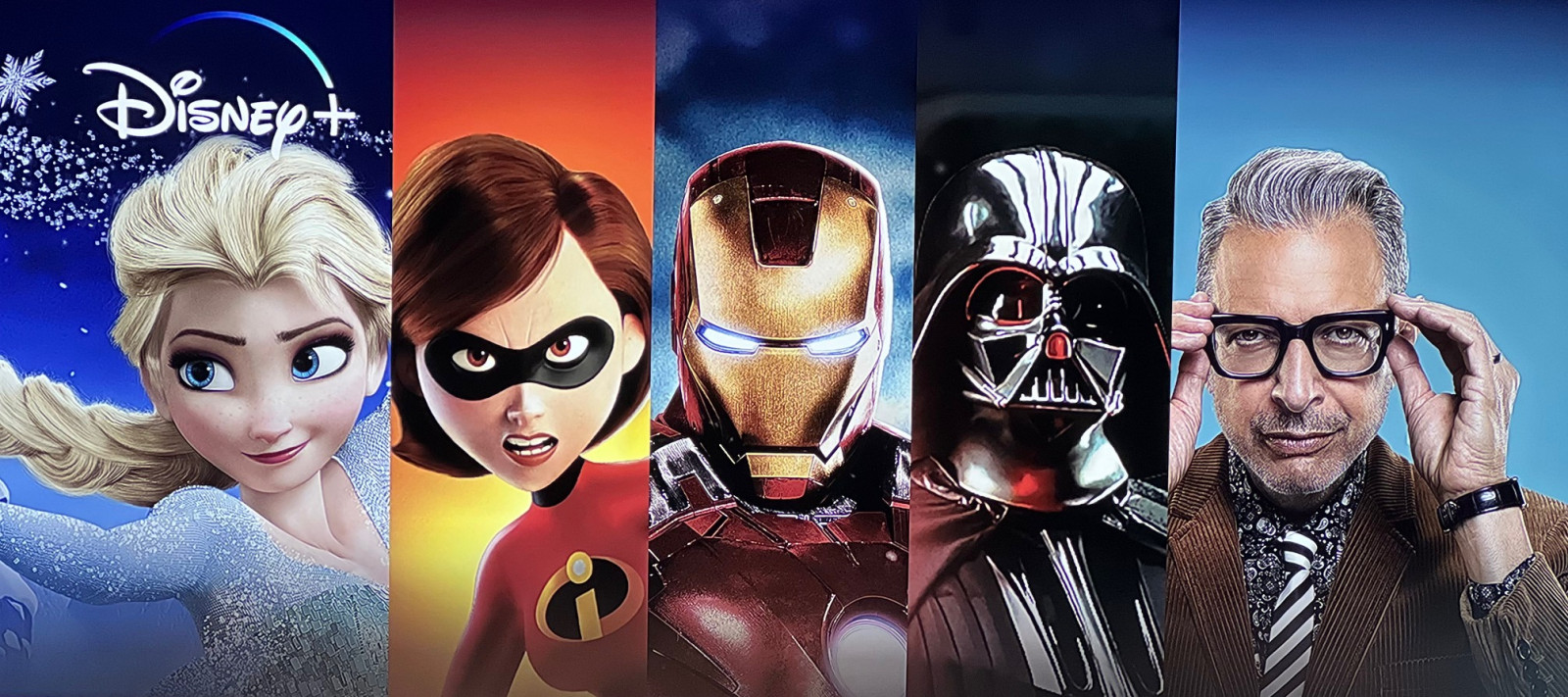Is Wall Street starting to curb its D2C enthusiasm?


On Monday, media major Disney received a Wall Street downgrade from a Barclays investment analyst who cited the growing challenge of creating new Disney+ originals with the same “franchise value or visibility” of the existing Disney IP (intellectual property) on the streaming service. The investment bank believes that the dilution of the content IP could materially impact the ability of Disney+ (currently at 116 million subscribers) to close the gap with market leader Netflix (now at 213 million subscribers, as of yesterday’s Q3 earnings results).
Barclay’s doubts effectively amount to two different interpretations of Disney+’s strategy. Either Disney’s direct-to-consumer (D2C) competitors are perceived to be better than Disney at generating new fandom franchises at scale, or the investment bank has concerns about the overall size of the additional D2C market growth opportunity.
Why Disney leads the fandom franchise pack
Now, just under two years short of its 100th anniversary (the company was founded by Walt Disney on October 16th 1923), Disney’s decade of story-verse making and content acquisitions (Marvel Entertainment was acquired for $4.24 billion in 2009 and Lucasfilm was acquired 2012 for $4.05 billion) have made it the world leader in content franchise IP. Disney’s M&A strategy was predicated upon the strategic need to create a portfolio of story-verse franchises that allow for content spin-offs. This enabled engaging with Disney fans at different generational touch points in their early consumer lives and in their later roles as parents (i.e., Toy Story, Marvel, Star Wars). Since Disney+ launched on November 12th, 2019, it has delivered a proven output of story-verse spin-offs, both critically acclaimed and well received by existing franchise fanbases. This has driven engagement with zeitgeisty original content, such as The Mandalorian – key to de-commodifying D2C services and creating sign-up calls to action.
Featured Report
AI futures Culture wars
AI is transforming culture, entertainment, business, and society at a rate unprecedented in the digital era. Unlike previous tech, AI is evolving at the speed of computing, not the human brain. Delivering as quickly as it promises, AI is breaking the mould.
Find out more…Netflix is the only other streaming competitor that has proven to be able to produce similar zeitgeisty content with global audience appeal. With Netflix also struggling to maintain growth despite maintaining its strong original content offering, most recently manifested by the success of Squid Game, the recent investor negativity on a leading D2C disruptor is likely to be more to do with the continued overall growth trajectory of D2C.
Even the best content cannot produce an indefinite supply of new subscribers
With Netflix’s weekly active use (WAU) now above 50% in its leading markets (Source: MIDIA Research), the bigger question for the crowded D2C landscape is where will sustainable additional growth come from? Netflix revealed yesterday that its Europe, Middle East, and Africa (EMEA) subscriber base is now just 5% lower than is core US and Canada subscriber numbers. However, its average revenue per user (ARPU) remains 20% lower for EMEA compared to the US and Canada, highlighting the negative impact upon margins through focusing growth on other developed markets. For Asia Pacific, the ARPU gap is even wider at 34% lower, and lowest in Latin America, where ARPU is 47% lower than the US and Canada APRU in Q3 21.
The real question that investors should be asking then, is what is the upper limit on subscribers (Netflix’s Q3 US and North America subscribers are still below where they were in Q1 2021) with increased D2C competition? Followed by whether the international rollout ever matches the margins generated in the US for the streaming video subscription model? Both questions demonstrate that franchise value is disproportionately important, but equally beyond the scope of a pure financial analysis of current D2C performance.

The discussion around this post has not yet got started, be the first to add an opinion.